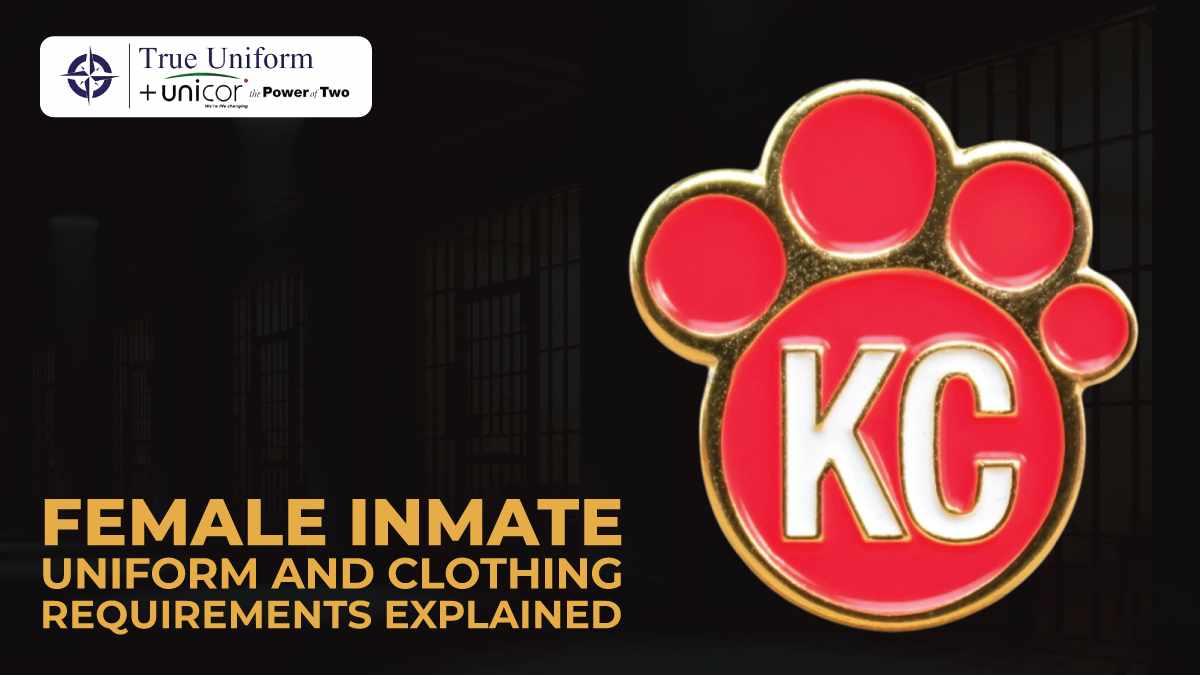
Correctional facilities operate under strict regulations to maintain security, consistency, and fairness, and female inmate uniforms are no exception. These clothing requirements balance practicality, durability, and compliance while addressing the unique needs of female inmates.
Why Female Inmate Uniform Standards Matter
Uniforms are designed to prevent favoritism, reduce risks, and ensure a controlled environment. For female inmates, these standards must also account for comfort, hygiene, and proper fit to meet both correctional guidelines and human rights considerations.
Key Features of Female Inmate Uniforms
Durability: Made from long-lasting materials like polyester-cotton blends to withstand daily use and frequent washing.
Safety-first design: No external drawstrings, minimal hardware, and tear-resistant seams to prevent misuse.
Color coding: Specific colors indicate security levels or housing units, allowing quick visual identification by staff.
Proper sizing: Uniforms are available in multiple sizes to ensure fit without compromising safety.
Hygiene compliance: Breathable fabrics and easy laundering maintain cleanliness and comfort.
Facility-Specific Clothing Regulations
While the general principles are universal, each correctional facility may set its own policies regarding:
Footwear requirements (soft-soled shoes or slip-resistant options).
Seasonal clothing such as jackets or thermal layers in colder climates.
Additional personal items like undergarments, which are usually standardized and issued by the facility.
The Role of Approved Suppliers
Partnering with a trusted supplier ensures uniforms meet federal, state, or local regulations. Reliable vendors provide:
Bulk ordering with consistent quality.
Fast delivery to avoid shortages.
Customization options such as embroidery or size adjustments while remaining compliant.
Conclusion
Female inmate uniforms are carefully regulated to provide safety, consistency, and dignity. Correctional facilities must work with compliant suppliers to ensure clothing meets established standards while being functional and affordable.
FAQs
Q1. Are female inmate uniforms different from male uniforms?
Yes, while the materials are similar, female uniforms are designed for better fit and comfort.
Q2. Who decides the color of inmate uniforms?
Individual facilities set color codes based on security classification and internal policies.
Q3. Can inmates wear personal clothing?
Generally no, except for approved undergarments, depending on facility rules.
Q4. Why are drawstrings not allowed in uniforms?
They pose a safety risk and are eliminated to prevent misuse or self-harm.
Q5. How do facilities ensure uniforms are cost-effective?
They partner with compliant suppliers that balance durability, affordability, and regulation standards.

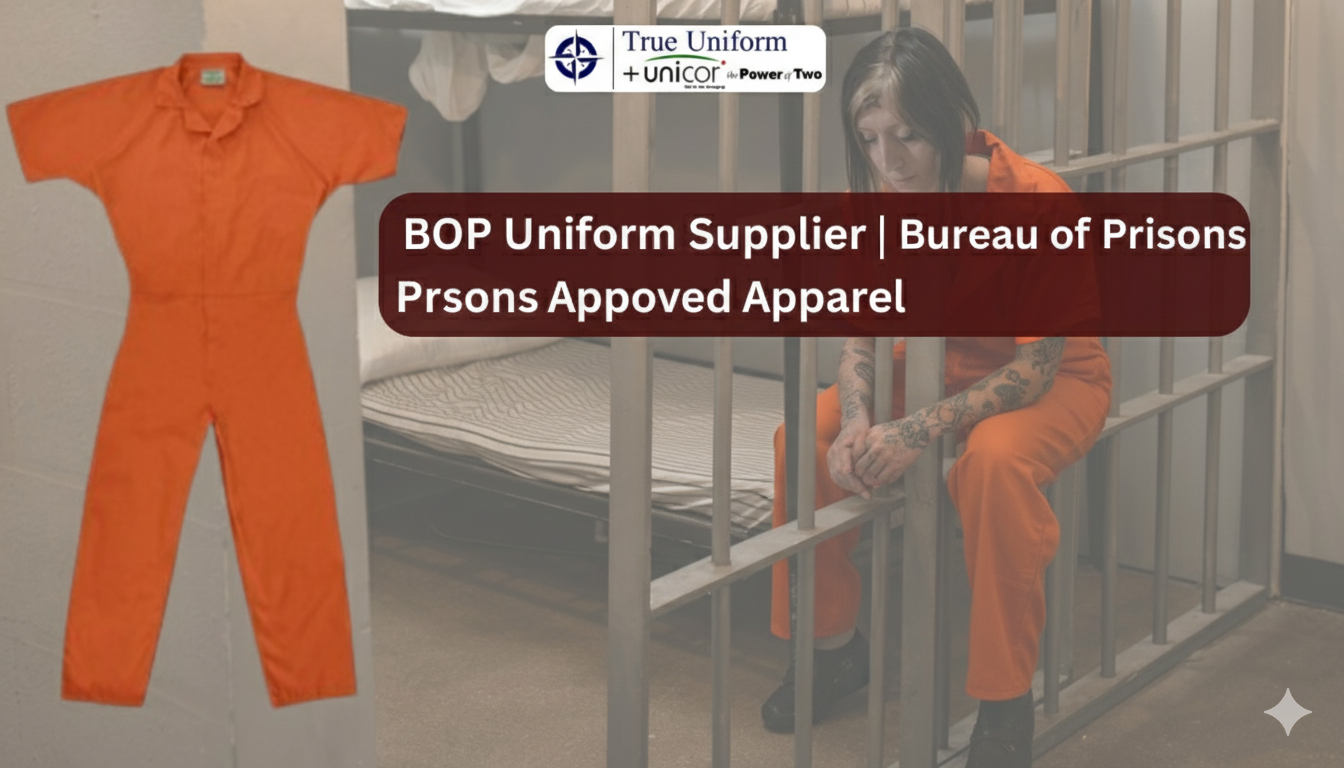
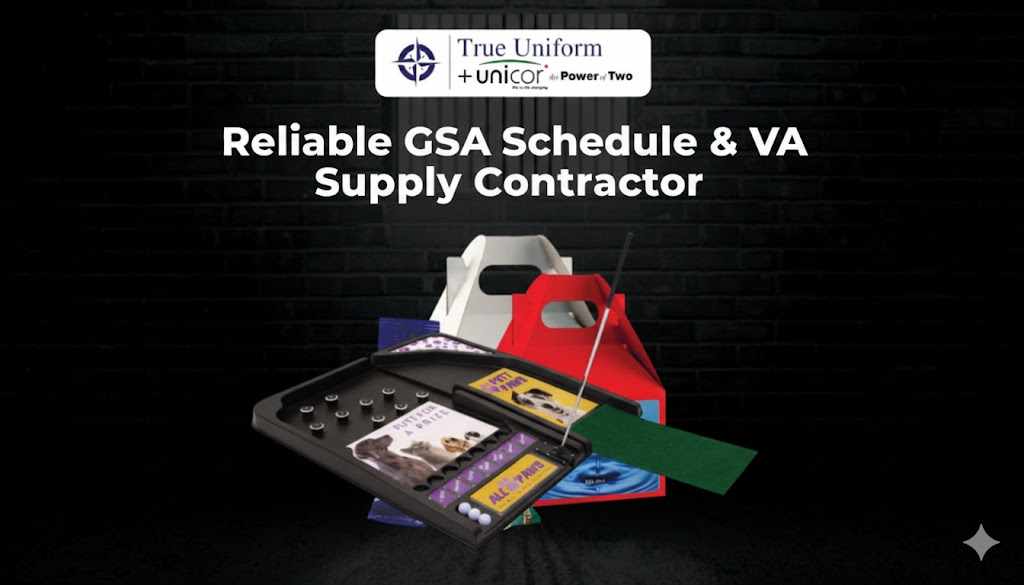
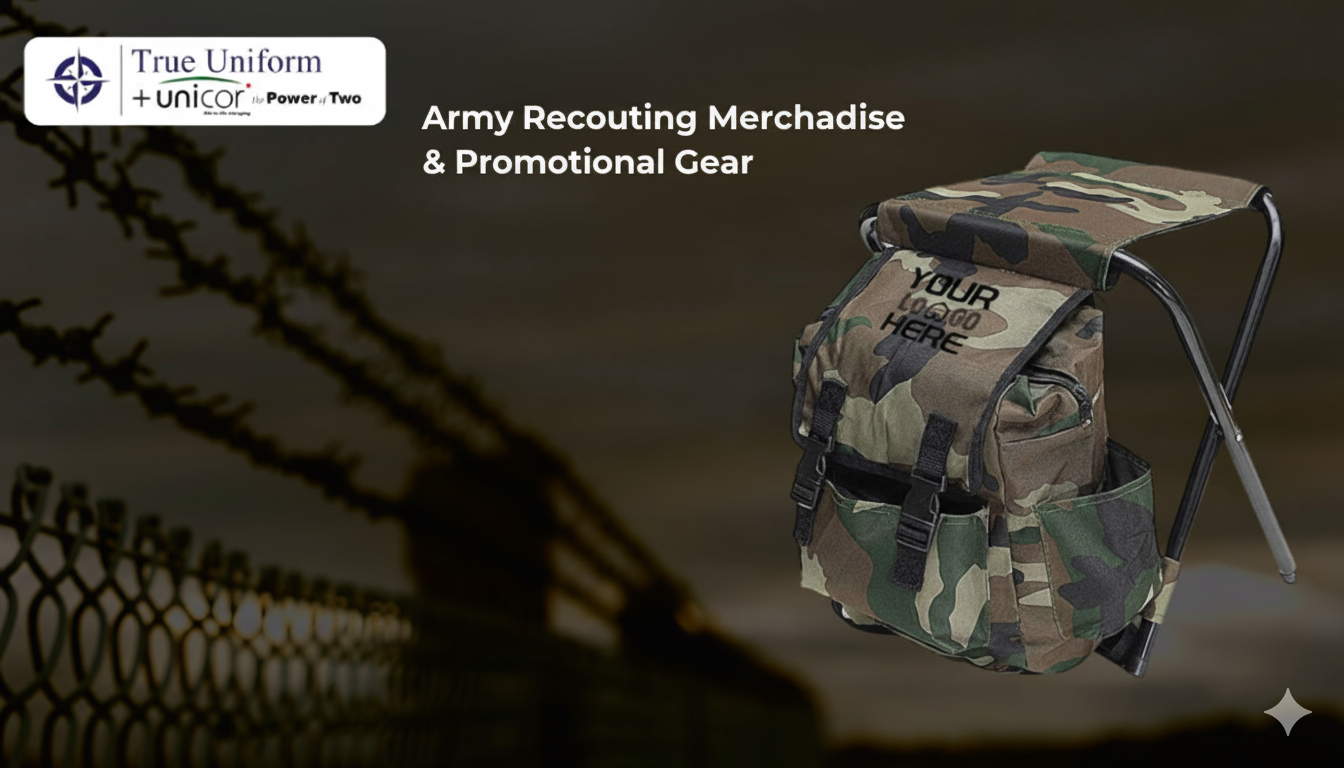









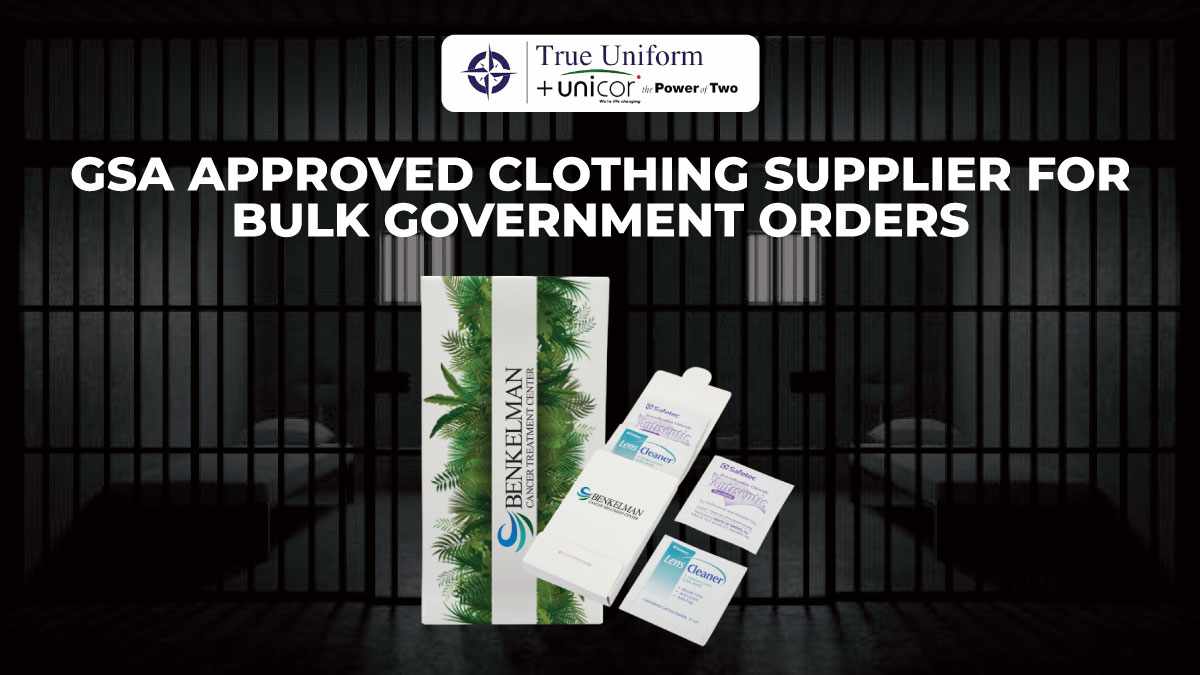




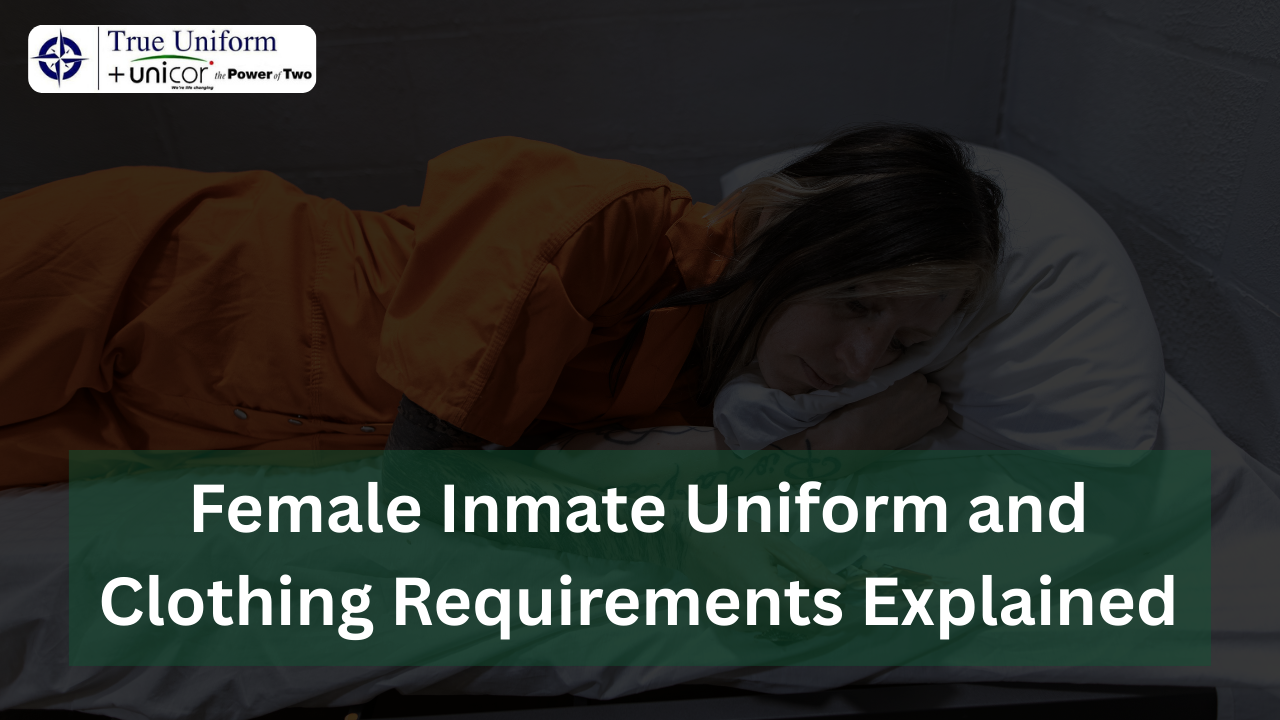

Write a comment ...